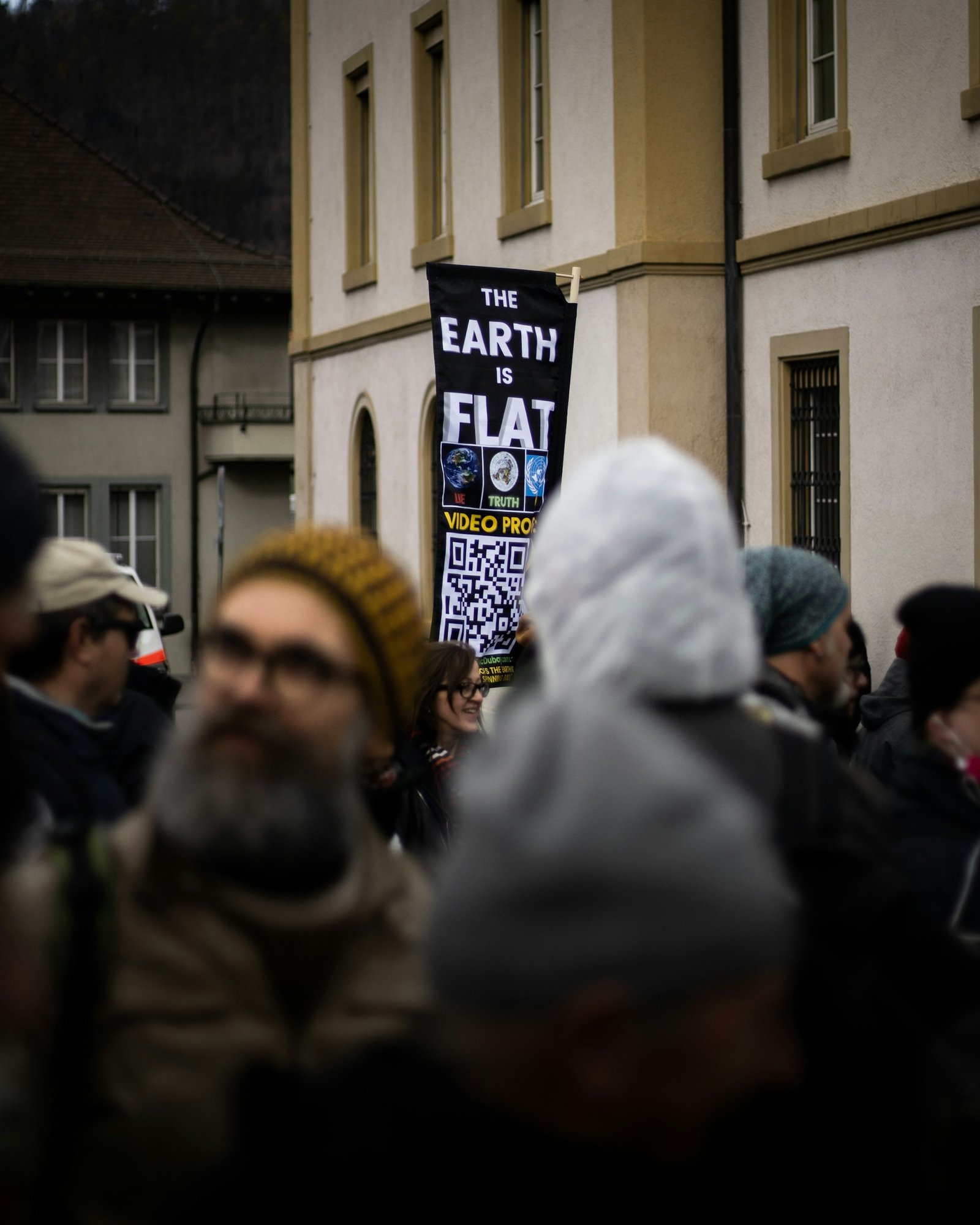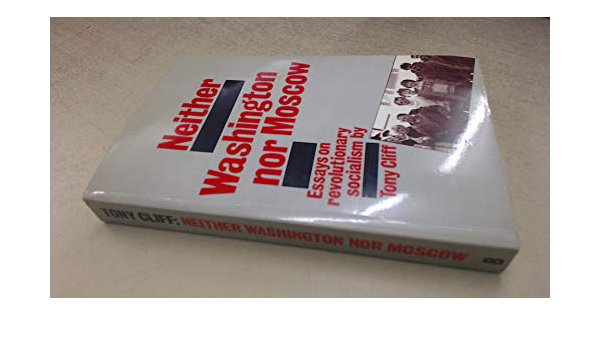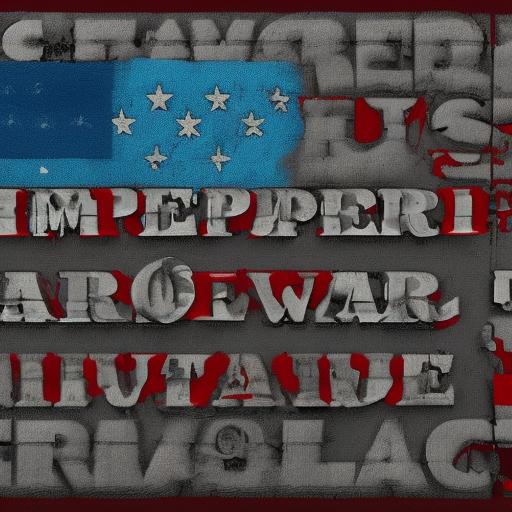As the world continues to shift towards a new global order, the competition between the United States, China, and Russia has become increasingly apparent. While some may argue that conflict between these powers is inevitable, others question the effectiveness of Marxist alternatives in a world that is dominated by state capitalism and imperial tendencies. In this article, we will explore the complexities of the US-China-Russia relationship and examine the limitations of Marxist ideology in addressing the challenges of our current political and economic landscape.









